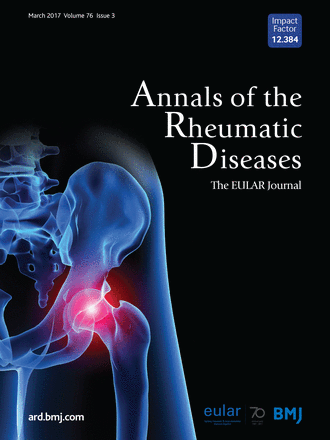
NSAID and Anti-TNF Therapy vs Anti-TNF Therapy on the Spine in Patients with Axial Spondyloarthritis

NSAID and Anti-TNF Therapy vs Anti-TNF Therapy on the Spine in Patients with Axial Spondyloarthritis
Comparison of the effect of treatment with NSAIDs added to anti-TNF therapy versus anti-TNF therapy alone on the progression of structural damage in the spine over 2 years in patients with radiographic axial spondyloarthritis from the randomised-controlled CONSUL trial
Ann Rheum Dis . 2024 Apr 11;83(5):599-607.Did you know you're eligible to earn 0.5 CME credits for reading this report? Click Here
Synopsis
One hundred and nine patients with radiographic axial spondyloarthritis (r-axSpA) were randomized to receive combination therapy with golimumab and celecoxib (n=54) or golimumab monotherapy (n=55). The primary outcome was the change in radiographic spinal progression as measured by the modified Stoke Ankylosing Spondylitis Spinal Score (mSASSS) over two years. Secondary outcomes included syndesmop...
To view the full content, login to your account,
or start your 30-day FREE Trial today.
FREE TRIAL
LOGIN
Forgot Password?
Explore some of our unlocked ACE Reports below!

Learn about our AI Driven
High Impact Search Feature
Our AI driven High Impact metric calculates the impact an article will have by considering both the publishing journal and the content of the article itself. Built using the latest advances in natural language processing, OE High Impact predicts an article’s future number of citations better than impact factor alone.
Continue



 LOGIN
LOGIN

Join the Conversation
Please Login or Join to leave comments.